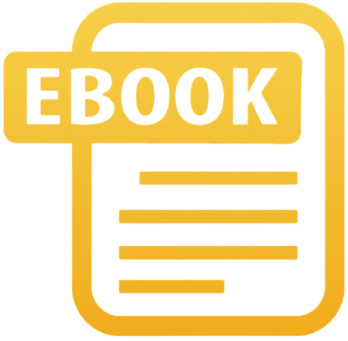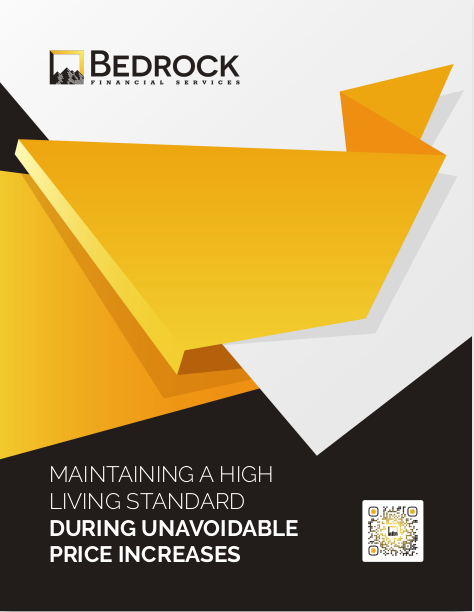Key Takeaways
-
Clients are more likely to understand and retain information when you compare insurance products to something they already know.
-
The most effective comparisons are simple, relevant, and used consistently throughout your client conversations.
Why Comparison Works Better Than Explanation
If you’ve ever had a client zone out while you explained the ins and outs of a product, you’re not alone. Most insurance products are complex by nature. When you throw in industry jargon, layers of benefits, and hypotheticals, even the most attentive client can lose the thread.
That’s why comparison works so well. When you compare a new concept to something a client already understands, you shortcut the learning curve. Instead of starting from zero, you’re building on familiar ground. That’s how people learn best—and that’s how sales get made.
The Psychology Behind It
Cognitive science tells us that people absorb new information faster when it’s anchored to existing knowledge. This process is called analogical reasoning. When you offer a comparison—especially a visual or real-world one—you reduce the mental effort required to understand an unfamiliar product.
In sales conversations, this means your client can reach clarity faster. That leads to fewer objections, fewer misunderstandings, and less buyer hesitation.
Where Most Agents Go Wrong
You might already be using comparisons without realizing it. But if your sales are stalling or if you’re fielding too many follow-up questions, there’s a good chance your comparisons aren’t hitting home. Here’s why:
-
They’re too abstract
-
They rely on technical language
-
They’re not tied to the client’s day-to-day reality
-
They shift midway through the conversation
To avoid these pitfalls, you need to build a consistent, relevant comparison that you can refer to throughout the client’s decision-making journey.
1. Start With What the Client Already Knows
Before you reach for a clever analogy, start by grounding yourself in what your client already understands. This requires asking questions up front:
-
What are they familiar with financially—mortgages, car loans, subscriptions?
-
What do they value most—stability, flexibility, long-term growth?
-
What do they already have experience with—home insurance, health plans, savings accounts?
Once you identify a familiar anchor point, you can begin constructing a comparison that fits within their world.
2. Keep the Comparison Consistent
It’s tempting to use multiple metaphors in one conversation. You might describe a product as a “safety net” one moment and a “retirement engine” the next. That kind of language feels vivid, but it’s also disorienting. Clients don’t just need clarity—they need consistency.
Pick one core comparison and stick with it throughout the conversation. Repeat it during:
-
Your initial pitch
-
Visual breakdowns
-
Responses to objections
-
End-of-meeting recaps
This repetition builds memory and confidence in the product.
3. Use Comparisons That Explain Why, Not Just What
A weak comparison describes what a product is. A strong one explains why it matters. For instance, instead of saying, “This plan is like a toolbox,” try: “This plan works like a toolbox—different features you can use depending on what life throws at you.”
You’re not just clarifying structure. You’re tying the structure to practical benefits. That’s where buying decisions start to form.
4. Build a Visual Layer (Even If It’s Verbal)
You don’t need PowerPoint to be visual. Even simple phrases can conjure strong mental images:
-
“Think of this as building a financial safety net.”
-
“It works like a subscription—steady benefits, steady payment.”
-
“You’re locking in protection the way you’d lock in a mortgage rate.”
If your comparison paints a picture, your client is more likely to remember it—and retell it to others. That turns your product into a story.
5. Adapt the Comparison for Age and Life Stage
Your comparison needs to feel personal. If you’re working with a 65-year-old retiree, a comparison tied to college tuition or car insurance may not land. But if you tie it to fixed income or Social Security, you’ll have their attention.
Likewise, younger clients may respond better to digital-age analogies—like monthly subscriptions or smartphone upgrades—than to terms like annuities or long-term care.
The core product doesn’t change. But how you frame it needs to.
6. Be Honest About the Limits
No comparison is perfect. Every metaphor has its blind spots. Don’t be afraid to point that out. Clients respect honesty and are more likely to trust you when you acknowledge nuance.
For example:
“This plan works kind of like a safety net. But unlike a net, it also builds value over time—so you’re not just protected, you’re also growing something.”
This kind of transparency keeps you credible while still using the shortcut a comparison provides.
7. Match Your Comparison to the Buying Timeline
Timing matters. Clients in the early discovery phase benefit from broad comparisons that help them categorize the product. Think of these as headlines:
-
“This works like a long-term savings plan.”
-
“It’s a bit like renting vs. owning.”
As the buying timeline progresses—usually over the course of a few days to weeks—you can introduce layered comparisons that go deeper. By the decision-making stage, your comparisons should answer cost-benefit questions, performance over time, and flexibility in different life scenarios.
That’s where a side-by-side visual—simple, not cluttered—can make a big difference.
8. Keep It Short, Keep It Sharp
In 2025, the average attention span for sales meetings has shrunk to about 20 minutes. You no longer have time to drag a client through complex policy mechanics. The job of a good comparison is to collapse complexity. That means your metaphor should be short, specific, and immediately relatable.
Instead of:
“This product offers tiered death benefits and cash accumulation over time, depending on how you structure the riders.”
Try:
“It’s like choosing between an umbrella and a raincoat—you can stay dry either way, but you get different perks.”
Same product. Better understanding.
9. Test, Refine, and Reuse What Works
Once you find a comparison that resonates, don’t retire it. Reuse it, refine it, and test it across different client segments. Over time, you’ll build a library of go-to comparisons that make your pitch stronger and faster.
Track how your clients respond:
-
Are they nodding in real time?
-
Are they using the same words when they talk back to you?
-
Do they remember the comparison a week later?
If yes, you’ve hit gold. Use that comparison in your marketing, on your website, in your follow-ups—everywhere.
10. Turn Comparisons Into Questions
Finally, don’t just tell the comparison—invite your client into it.
-
“Have you ever locked in a mortgage rate to avoid surprises?”
-
“Do you prefer subscription services because of their predictability?”
-
“Does this feel more like building a safety net or a savings account to you?”
When your client participates in the metaphor, they co-own the meaning. And when they co-own the meaning, they’re more likely to say yes.
When You Use the Right Comparison, Clients Stick Around
The difference between a confused prospect and a committed client often comes down to how well you frame the product. You’re not dumbing it down—you’re lining it up with what the client already understands. That’s how trust gets built. That’s how deals close.
If you want tools, training, and tailored content that help you create these moments faster, we’re here to help. At Bedrock Financial Services, we give professionals like you access to marketing systems, visual explainers, and proven strategies to turn comparisons into conversions.
Sign up today and start making complex products easier to sell.







